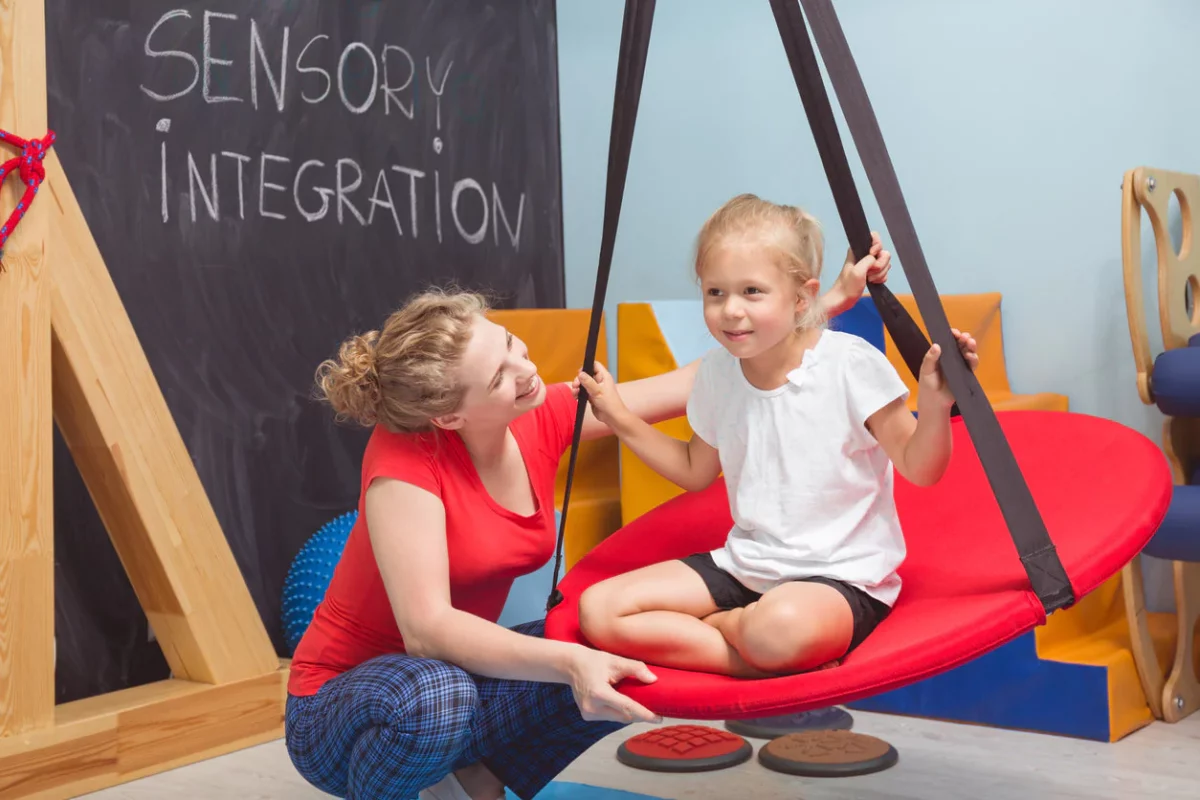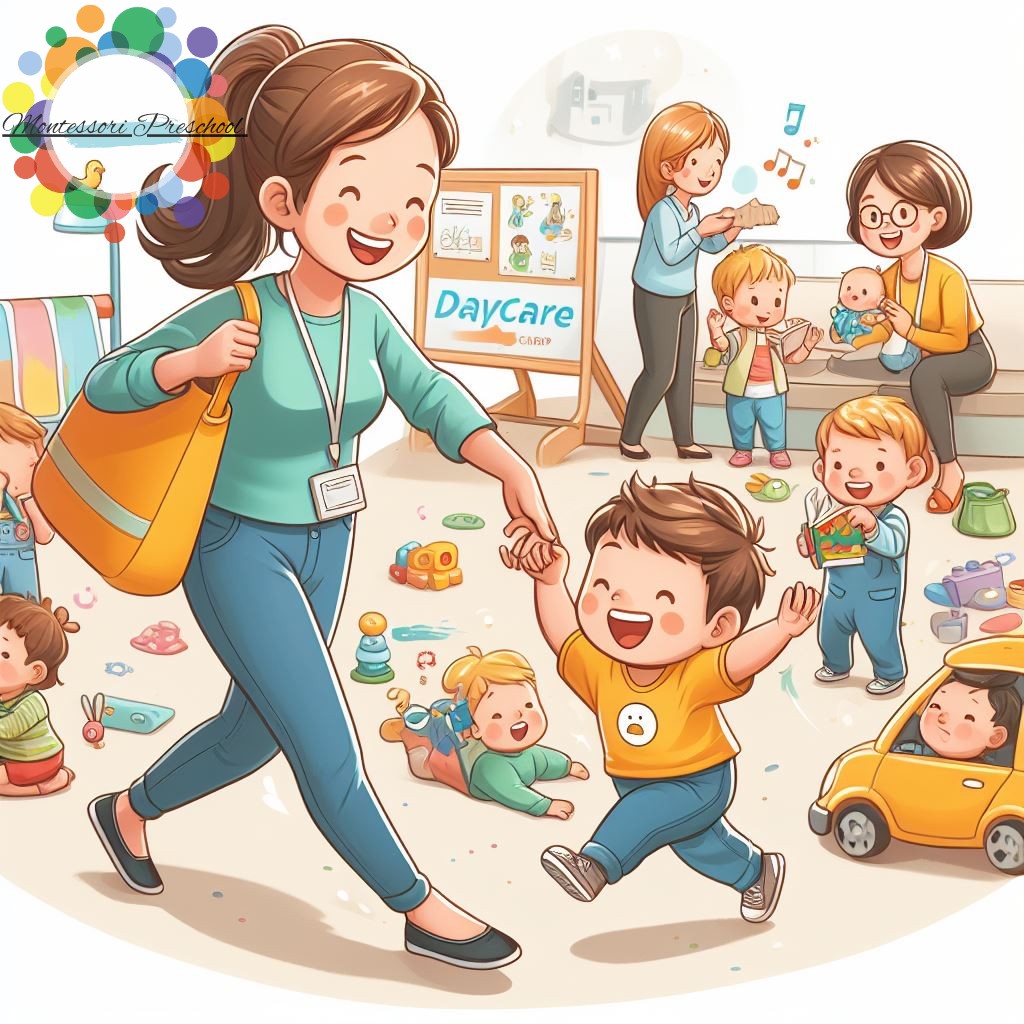
In recent years, sensory swings have revolutionized occupational therapy for children with autism. These swings provide a calming and secure environment while offering much-needed sensory input. Designed to help children with autism feel calm and provide deep pressure, sensory swings have become a crucial tool in promoting sensory processing and improving motor skills. One popular type of sensory swing for autism is the Outree Sensory Swing, featuring a 360° swivel hanger that makes it ideal for indoor use. This article will explore the incredible benefits of sensory swings for autism and how they can make a positive impact on the lives of children with autism and their families.
Sensory Swings: A Game-Changer for Children with Autism
Sensory swings have significantly improved the lives of children with autism by providing a safe and calming space. These swings offer deep pressure and sensory input, which can help children with autism regulate their sensory processing. With the ability to control the amount of sensory input they receive, children feel more confident and at ease. Sensory swings have become an essential tool in occupational therapy for children with autism and have garnered immense popularity due to their incredible benefits.
Understanding the Benefits of Sensory Swings
The benefits of sensory swings for children with autism are truly remarkable. These swings provide vestibular stimulation, which is the sensory system responsible for providing our brain with information about motion, head position, and spatial orientation. By utilizing a sensory swing, children with autism can improve their sensory processing skills and strengthen their motor skills. The deep pressure and swinging motion of the swing create a soothing effect, helping children with autism feel calm and grounded.
Promoting Sensory Processing and Motor Skills
Sensory swings play a crucial role in promoting sensory processing skills in children with autism. Sensory input received through the swings helps the brain better understand and process sensory information. As children engage with the swings, they develop a stronger sensory awareness, allowing them to integrate sensory information more effectively. This improved sensory processing ultimately leads to better self-regulation and emotional control.
In addition to sensory processing, sensory swings also contribute to the development of motor skills in children with autism. The swinging motion requires children to engage their core muscles, promoting balance and coordination. By regularly using sensory swings, children can improve their motor skills and achieve greater physical dexterity. This can have a significant impact on their overall development and daily activities.
Enhancing Balance and Coordination
Balance and coordination are vital skills that children with autism often struggle with. Sensory swings provide an enjoyable and effective way to enhance these skills. The swinging motion challenges the child’s balance and encourages them to coordinate their movements. Over time, regular use of sensory swings can help children develop better balance, coordination, and spatial awareness.
Calming Effect and Improved Attention
Children with autism often face difficulties in managing their emotions and focusing their attention. Sensory swings offer a calming effect that can help regulate emotions and reduce anxiety. The gentle swinging motion stimulates the vestibular system, releasing endorphins and promoting a sense of relaxation. This calming sensation can significantly improve attention span and the ability to follow directions, allowing children to engage more effectively in therapy sessions and daily tasks.
Safety and Comfort: Designed with Care
When it comes to sensory swings for autism, safety and comfort are of utmost importance. Playlearn’s therapy sensory swings are designed with meticulous care to ensure both safety and comfort. These swings come in various shapes and sizes, each offering unique benefits. The custom padding and durable frames provide a secure and comfortable experience for children using the swing. Occupational therapists and families can have peace of mind knowing that children are protected during therapy sessions or playtime at home.
The Different Types of Sensory Swings
Sensory swings for autism come in a variety of types to cater to specific needs and preferences. Some popular types include hammock swings, joki swings, and stand and chair combos. Hammock swings provide a cozy and enveloping space for children, while joki swings offer a more structured sitting experience. Stand and chair combos provide more versatility and can be easily adjusted to accommodate different heights and sizes. Each type of sensory swing offers its own unique benefits, allowing families and therapists to choose the one that best suits the individual needs of the child.
Sensory Swings at Home: Bringing the Benefits to Families
Sensory swings are not limited to therapy settings. Many families also use them at home to provide their children with the sensory input they crave. By having a sensory swing readily accessible, children on the autism spectrum can have a safe and comforting space to regulate their sensory needs at any time. Whether it’s for relaxation, playtime, or therapy, sensory swings become an integral part of the child’s routine, contributing to their overall well-being and development.
In conclusion, sensory swings have transformed the lives of children with autism by providing a safe and calming space for sensory input. These swings offer numerous benefits, including improved sensory processing, strengthened motor skills, enhanced balance and coordination, and a calming effect that promotes better attention and emotional regulation. Safety and comfort are paramount, and sensory swings are designed with care to ensure a secure experience. Whether used in therapy settings or at home, sensory swings have become a game-changer for children with autism, providing incredible benefits loved by occupational therapists and families alike. So, explore the world of sensory swings and discover the positive impact they can have on the lives of children with autism.



